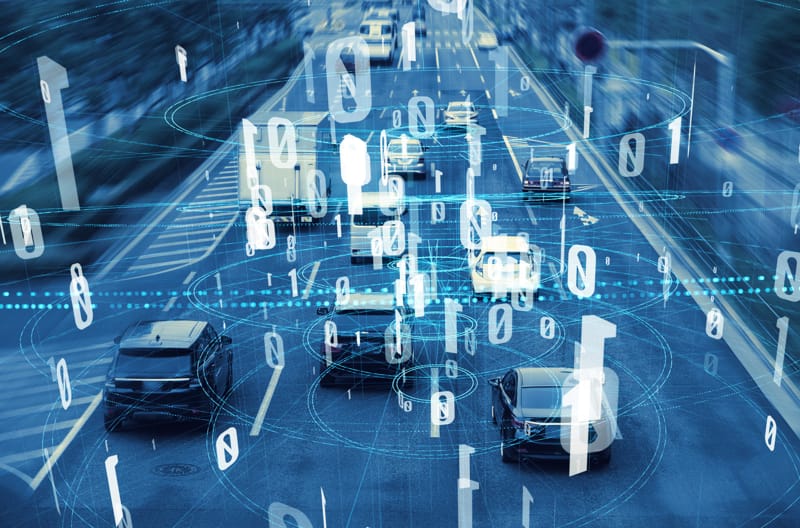S
- Sandbox Environments
- Secure Coding Practices
- Security Automation
- Security Awareness Training
- Security Champions
- Security Information and Event Management (SIEM)
- Security Orchestration
- Security Posture
- Shift-Left Security
- Smart City
- Smart Home
- Smart Manufacturing
- Smart Meters
- Smart Products
- Smart Spaces
- Software as a Service (SaaS)
- Software Composition Analysis (SCA)
- Software Defined Networking (SDN)
- Software Development Life Cycle (SDLC)
- Static Application Security Testing (SAST)
- Structured Data
AI Analytics
Simple Definition for Beginners:
AI analytics is the use of smart computer programs to look at large amounts of data quickly and accurately, helping businesses understand trends and make better decisions.
Common Use Example:
A business can use customer data such as past purchases, browsing history, and preferences to train their AI model. Based on the data, AI will learn customers’ shopping patterns and can even go one step further by predicting the future change in buying behavior or their response to upcoming products.
Technical Definition for Professionals:
AI analytics refers to the application of artificial intelligence techniques and algorithms to analyze data. It involves the use of machine learning, natural language processing, and other AI technologies to automate data analysis, identify patterns, generate insights, and make predictions.
AI analytics combines data processing and AI to extract meaningful insights from data. By automating the analysis process, AI analytics can handle complex datasets and provide actionable insights that help businesses make informed decisions.
AI Analytics

